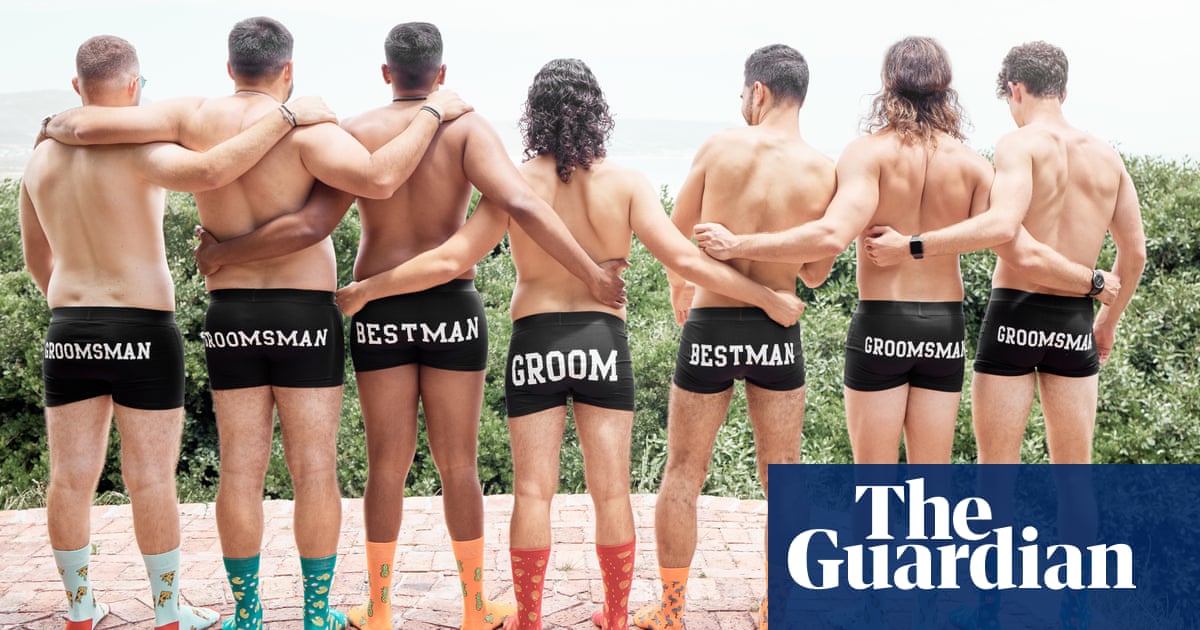
ihanna, the reigning queen of stay-at-home couture, made history yesterday, appearing on the cover of British Vogue in a durag, the choice of bedtime headwear for many black people. Way ahead of last year’s nightwear as a daywear trend, she previously donned one covered in Swarovski crystals at the CFDA awards in 2014. In 2013, she wore a doobie wrap – a common interim style black women use to keep freshly treated hair intact during the night – at the American Music awards. Her taste in headgear makes me feel much more chic as I work from home in a polyester durag and oversized shirt.
I miss going out, but I miss getting ready to go out probably just as much, if not more. And it’s not just me – as the #OOTD hashtag declines during lockdown, the @wfhfits Instagram account, which documents the showstopping outfits contributors are wearing to work from home, is now 18.4k strong. The #DontRushChallenge takes this to the next level. Started by Twitter user @lase_asoloo, participants go from drab to fab in the (slickly edited) tap of a makeup brush. Much like the DMX Challenge – which last year saw women showcasing various hairstyles synced to the 46 names the rapper lists on his song What They Really Want – the #DontRushChallenge is dominated by #blackgirlmagic and has been an utter joy to watch.
The first and foremost reason is that the challenge is an antidote to the still-monolithic representations of black women in the media. Even with that industry’s newfound commitment to diversity, diversity within that diversity is often an afterthought. And yet the #DontRushChallenge could not be more multifaceted: we have seen plus-size black women along with black girls with piercings and some in fetish gear. There’s one for naturalistas (black women who have made the decision to forgo chemical hair treatments) and another for bald black women. Black women across the globe have joined in; from Britain, the US, Belgium, Nigeria, Ethiopia, Kenya. On the continent, participants represent the specificities of their culture from different ethnic groups and tribes (such as Yoruba women from Ibadan in Nigeria and Habesha women from Ethiopia and Eritrea), who are usually lumped together as homogenous citizens of the mythical country called “Africa”.
Scrolling the hashtag reminded me just how fun it is to dress up for the sake of it. The idea that the only reason women bother is for male attention or validation (an assumption that is as misogynistic as it is heteronormative) is pervasive. The view of makeup as a form of trickery is also prevalent; the “take her swimming before the first date” and “makeup sorcery” memes have routinely been used to shame women, especially black women. But here, the bare faces and hair bonnets in the “befores” are as integral to challenge as the high-glam, at times unrecognisable “afters”; there is nothing to hide, but plenty of craftwomanship to show off. Bravo, ladies; I’m off to find a shade of lipstick that complements my slippers.












